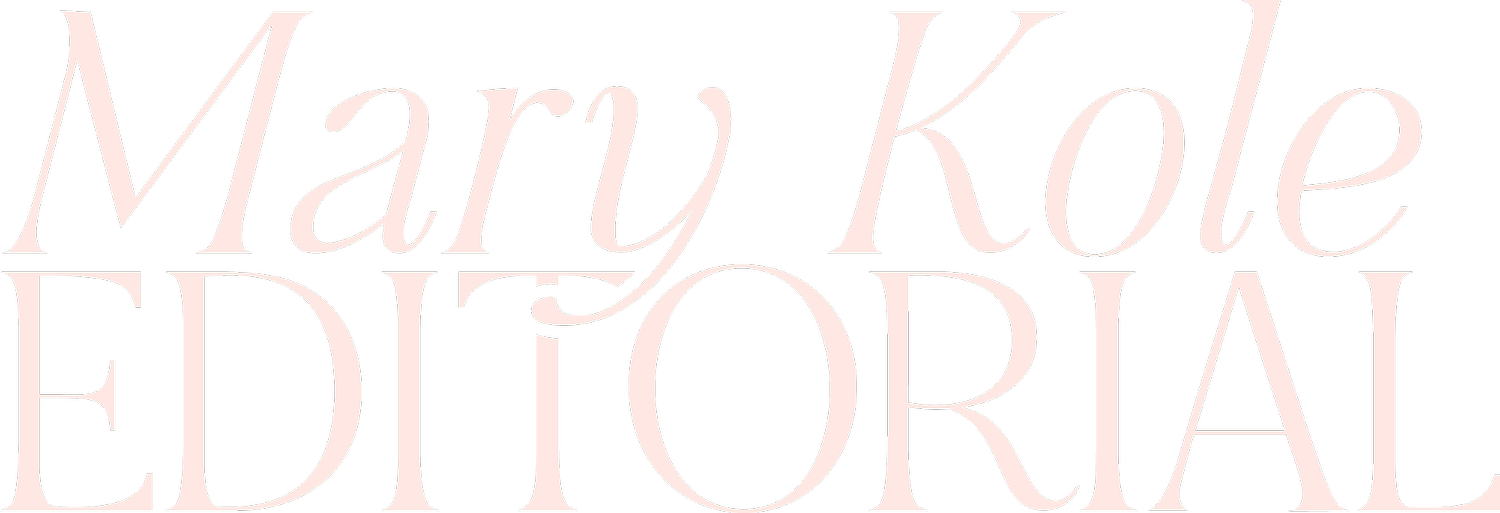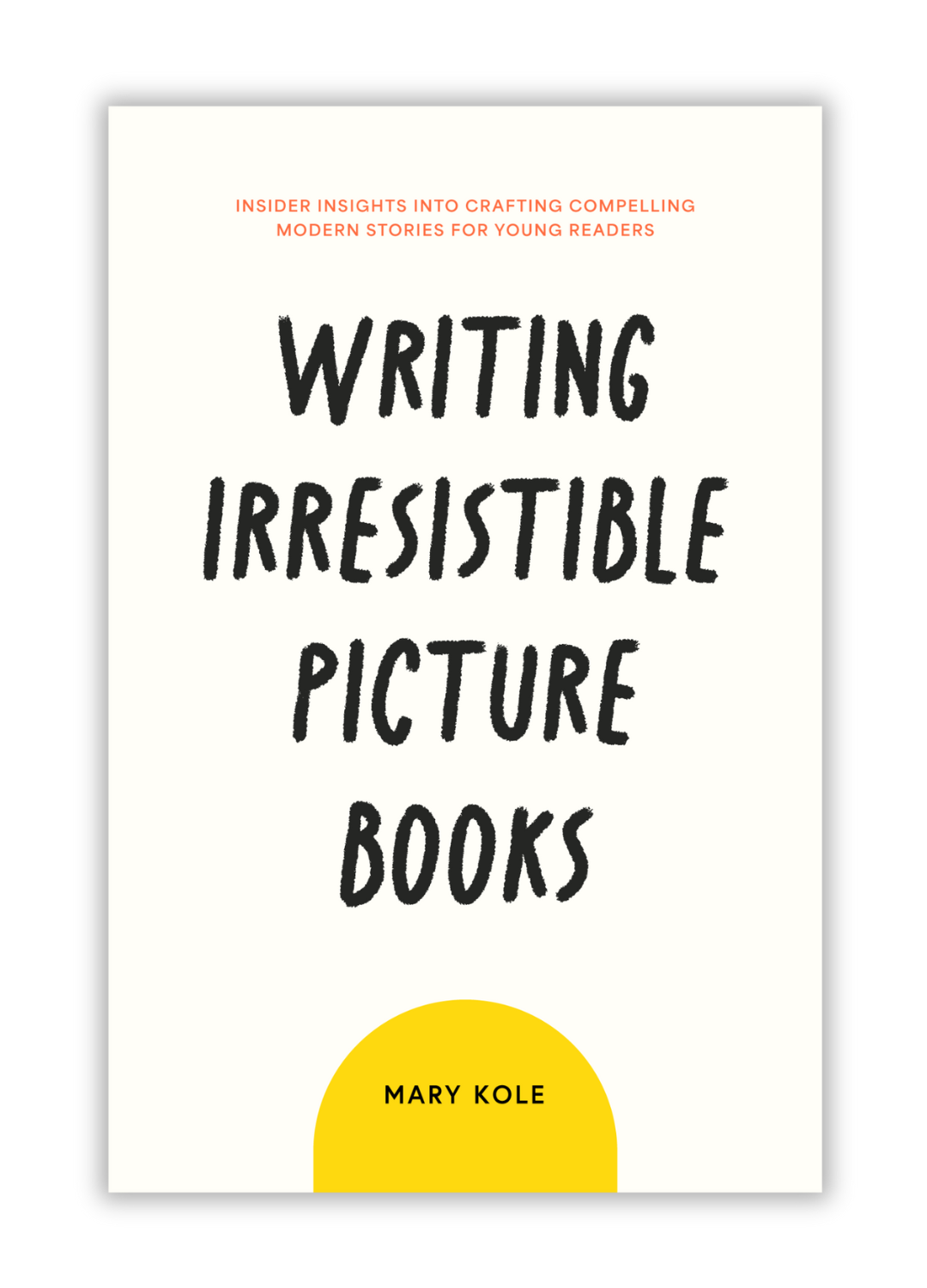Crafting Your Illustrator Portfolio
By Mary Kole
Mary Kole is a former literary agent, freelance editor, writing teacher, author of Writing Irresistible Kidlit, and IP developer for major publishers, with over a decade in the publishing industry.
As an aspiring illustrator, it's important to have a professional and polished illustrator portfolio to showcase your skills and style. Whether your goal is to create illustrations for children’s books or editorial sketches for magazines and other publications, having a strong illustrator portfolio is a crucial step toward landing gigs with literary agents, art directors, or artist reps. In this article, I’ll explore the essential elements of a top-notch illustrator portfolio, discuss various types of sample illustrations to include, and share tips on how to submit your portfolio to the right people in the publishing industry.
What Is an Illustrator Portfolio?
Before you start, it's essential to define the audience and purpose of your illustrator portfolio. Are you targeting children's book publishers, or do you want to showcase your editorial illustrations for magazines or newspapers? Knowing your target audience will help you tailor your samples and style accordingly. Next, choose your best work that represents your unique aesthetic and range of skills. Aim for quality over quantity, and showcase a broad range of subject matter and styles to show off your versatility.
Illustrator Portfolio for Children's Book Illustrators
If you're aiming to be a children's book illustrator, include illustrations that demonstrate your storytelling abilities. These could be a range of single character illustrations, double-page spreads, spot illustrations, or even a storyboard sequence that showcases your ability to convey emotion and action. Be sure to pay attention to facial expressions and body language. Use a range of mediums such as watercolor, gouache, or digital to show your variety of styles and textures. Additionally, include character studies and concept art in your illustrator portfolio to show your illustration process and development.
Illustrator Portfolio for Editorial Illustrators
For editorial illustration portfolios, consider including artwork that showcases your ability to interpret a written article or brief. Aim for a range of subject matter and styles, and don't be afraid to take risks or play with unusual compositions or color schemes. Include samples that highlight your adaptability to different formats such as spot illustrations, full-page or cover illustrations, and even infographics. Most importantly, ensure your illustrations are relevant, timely, and thought-provoking.
Online Illustrator Portfolios
Having an online presence is critical for getting your work considered. Create a professional website or use a platform such as Behance, Dribbble, Squarespace, Wix, or even Instagram to showcase your work. Ensure that your website is easy to navigate and print your web address on your business cards, social media for writers profiles, and email signature. Consider including a brief bio, a contact form, and links to your social media accounts. Make sure your portfolio is easy to navigate with clear labels or categories and host it online in a gallery or on a password-protected page. You can put the address in your query letter when you reach out.
Submitting Your Illustrator Portfolio
The key to submitting your portfolio successfully is researching and targeting the right people. Look for literary agents, art directors, or artist reps who specialize in your field or style. Check their submission guidelines before submitting, and ensure that you follow the instructions carefully. Typically, you'll need to prepare a query letter that briefly introduces yourself and your portfolio and highlights the samples or pieces you think are the strongest. Link to your portfolio, and ensure that your submission looks professional and polished.
In conclusion, creating a stand-out illustrator portfolio takes time, effort, and careful consideration. By following the guidelines outlined above, you'll be able to craft a professional and polished portfolio that captures your unique style, versatility, and range of skills. Remember to tailor your samples and style to your target audience, create an online presence, and submit your portfolio to the right people in the industry. With some persistence and hard work, you'll be able to land your dream gig as an illustrator in the publishing or editorial world.

Click here to purchase Writing Irresistible Picture Books, my book on children’s picture books. This comprehensive guide is crammed with craft advice and groundbreaking original research, including a survey of 1,000 upcoming picture book deals, a breakdown of 80 modern and marketable picture book topics, and in-depth analysis of over 150 published picture books.



